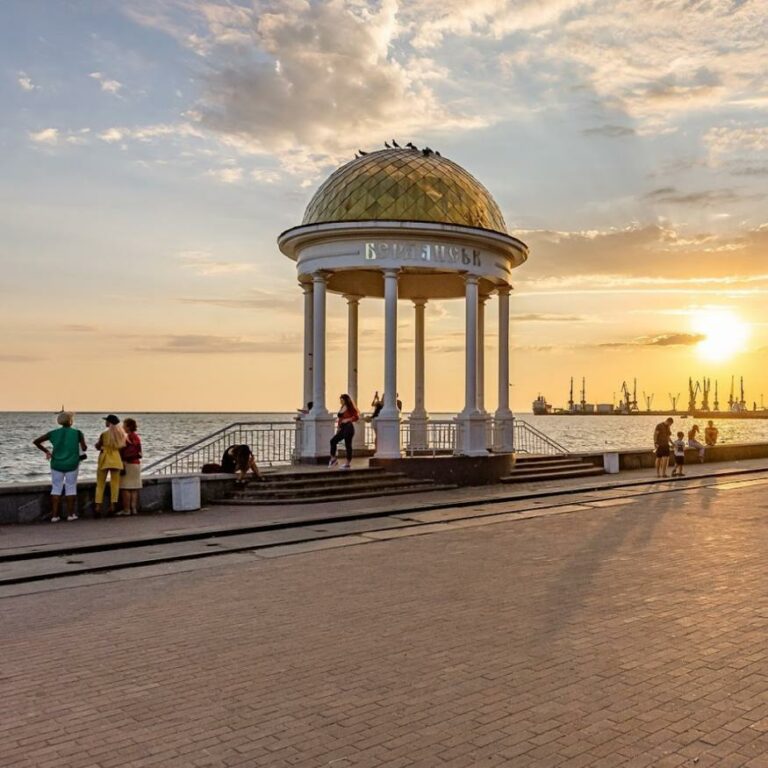
On February 24, 2022, Russia launched a full-scale invasion of Ukraine. Ukrainians resisted heroically, and Russia’s plan to quickly seize the entire country failed. Its focus then shifted to specific cities in the east and south of Ukraine, where it embarked on a campaign of systematically destroying infrastructure in order to create fear among the local population.
Berdiansk
Correct spelling: Berdians’k
Founded: 1835
Population before the full-scale invasion: 115,000
Occupation by Russian troops: since February 2022
Berdiansk is a resort town in southeast Ukraine, on the northern coast of the Azov Sea. The city is well-known for its beaches, beautiful sunsets, and a sandy spit adorned with the Lower Berdiansk lighthouse.
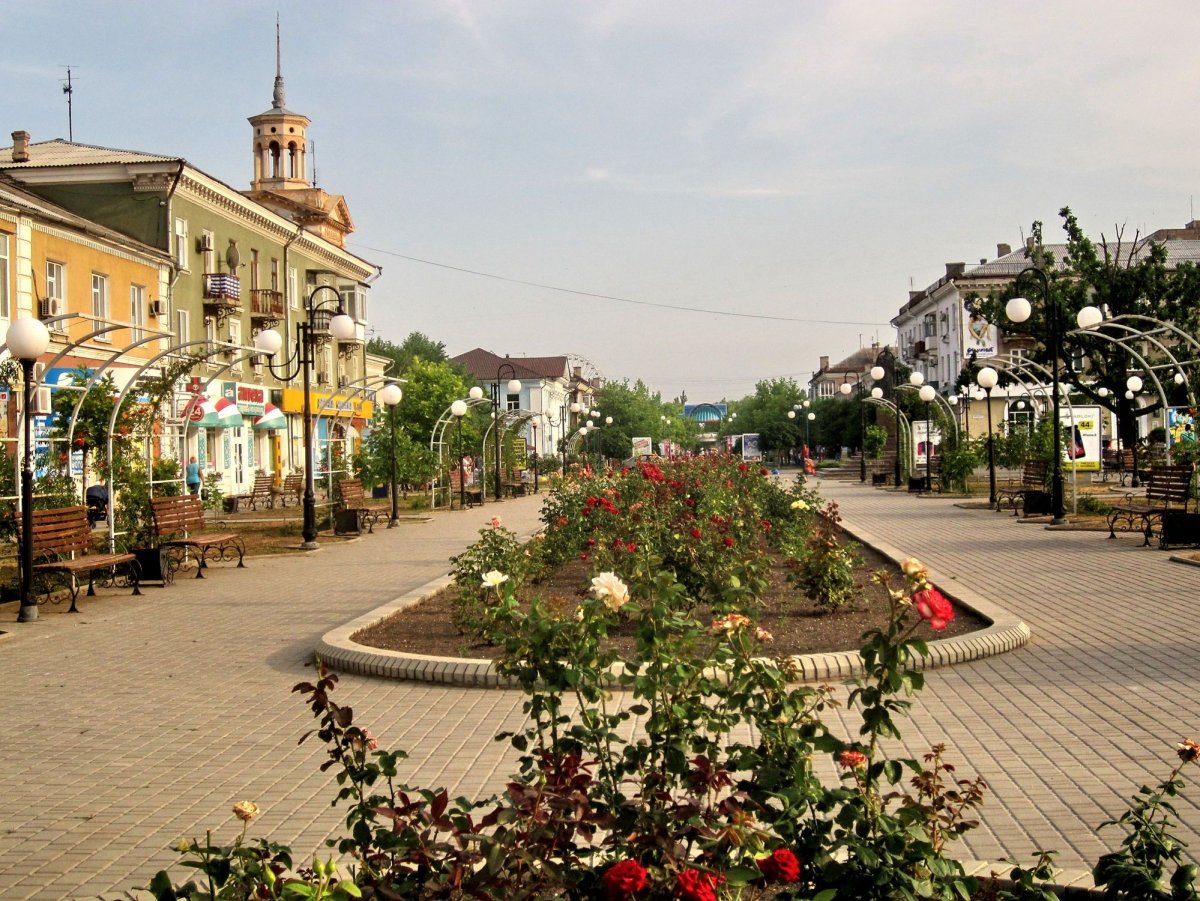
The city of Berdiansk. Photo: celes.club
In Berdiansk, the sea and the tang of salt are interwoven into the very fabric of every resident’s identity. Here, one could enjoy the splendid beaches, breathe in the fresh air and stroll along the sandy spit. Observing ships as they entered the port was a customary, common experience for each inhabitant of Berdiansk.
Towering cranes, resembling giraffes, tirelessly unloaded and replenished the immense cargo holds of these vessels. The Berdiansk seaport welcomed thousands of ships, managing a cargo volume exceeding four million tons annually.
History of Berdiansk
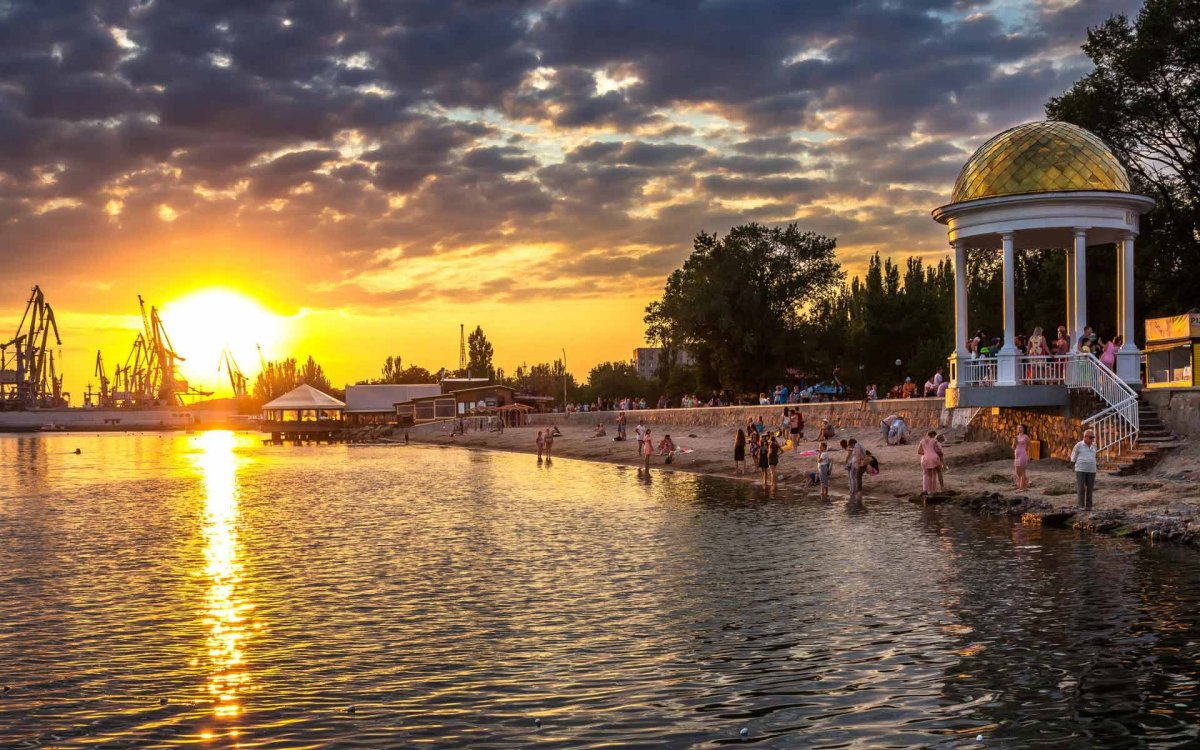
Berdiansk embankment. Photo: celes.club
Berdiansk’s origins trace back to settlements that emerged in the mid-16th century. The initial inhabitants were Zaporizhian Kozaks, who established an outpost and the settlement of Zaporizhzhia Sich (historical and cultural complex related to the semi-autonomous Kozak settlements — ed.), engaging in agriculture, fishing, animal husbandry and beekeeping.
The city’s history began with the opening of the pier on July 1, 1830, after which the settlement was named Novo-Nogaysk. By 1835, it had already become a city. In the same year, the construction of the port was completed, and in 1838 the Lower Berdiansk lighthouse was built to improve shipping safety.
During the 19th century, Berdiansk became one of the most important trade centres in the Azov region. In the 1920s, the city also became an important centre of Ukrainian culture. In the 1930s, Berdiansk was actively involved in Stalin’s industrialization. During the World War II, the town was occupied by German troops.
Notable attractions in Berdiansk
In 2017, Berdiansk was recognized as one of the best seaside resorts in Ukraine. The city is well-connected by road and rail, making it accessible from other parts of Ukraine. The warm sea and shallow water used to provide ideal conditions for family activities. During the summer, it would attract up to 1.5 million tourists.
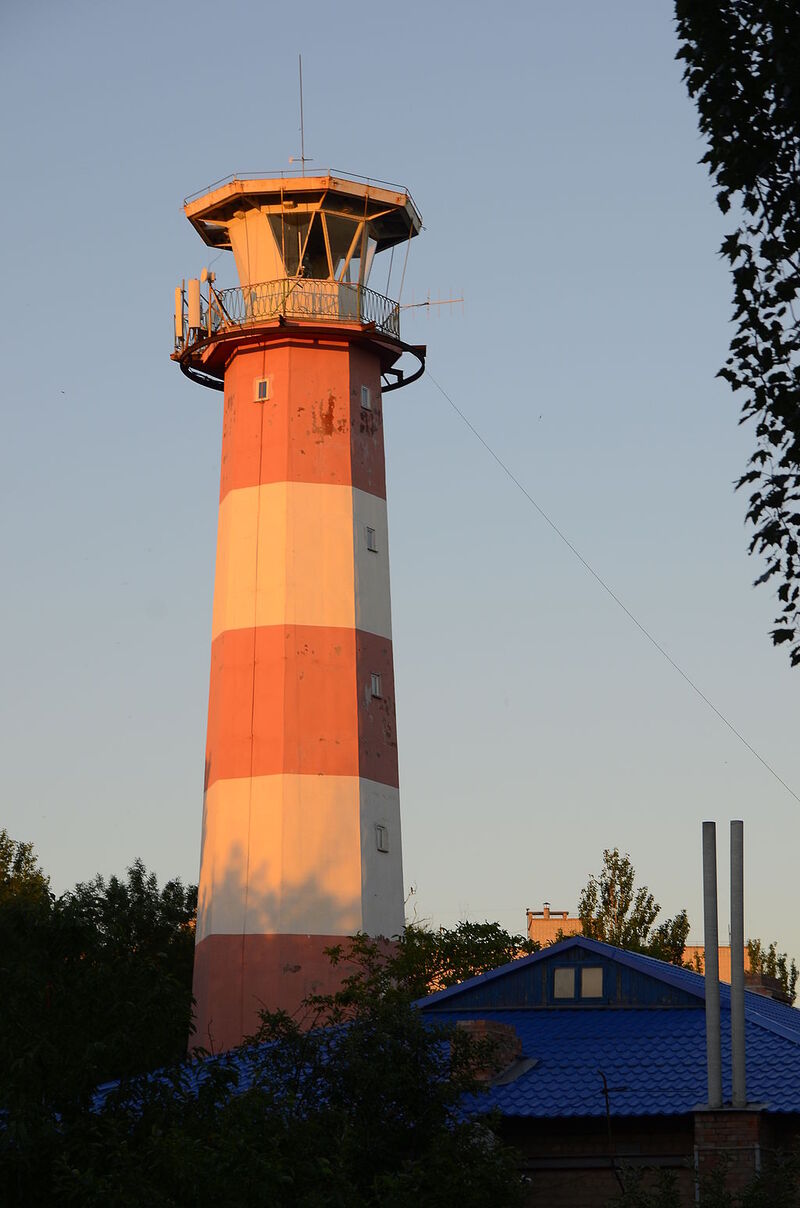
Upper Berdiansk Lighthouse. Photo from open sources
In 2017, Berdiansk was recognized as one of the best seaside resorts in Ukraine. The city is well-connected by road and rail, making it accessible from other parts of Ukraine. The warm sea and shallow water used to provide ideal conditions for family activities. During the summer, it would attract up to 1.5 million tourists.
Upper Berdiansk Lighthouse
Lighthouses play a crucial role in ensuring their destinations safely. The risk of running aground in the Sea of Azov is considerable, especially for larger cargo vessels. The Berdiansk spit, due to its shape, poses the highest danger across the entire Azov region. It assumes a triangular form, narrowing toward the middle and widening again to the southwest. As a result, beacon signals are indispensable there.
Two operational lighthouses exist within the city: the Upper Lighthouse and the Lower Lighthouse. The Upper, situated atop a hill, guides ships entering Berdiansk Bay en route to the port. Erected in 1877, the Upper Lighthouse utilised kerosene lamps and a Fresnel system apparatus as its light source. Over time, the lighthouse underwent extensive modernization, transitioning from kerosene to electric illumination and eventually incorporating a radio beacon.
Lower Berdiansk Lighthouse
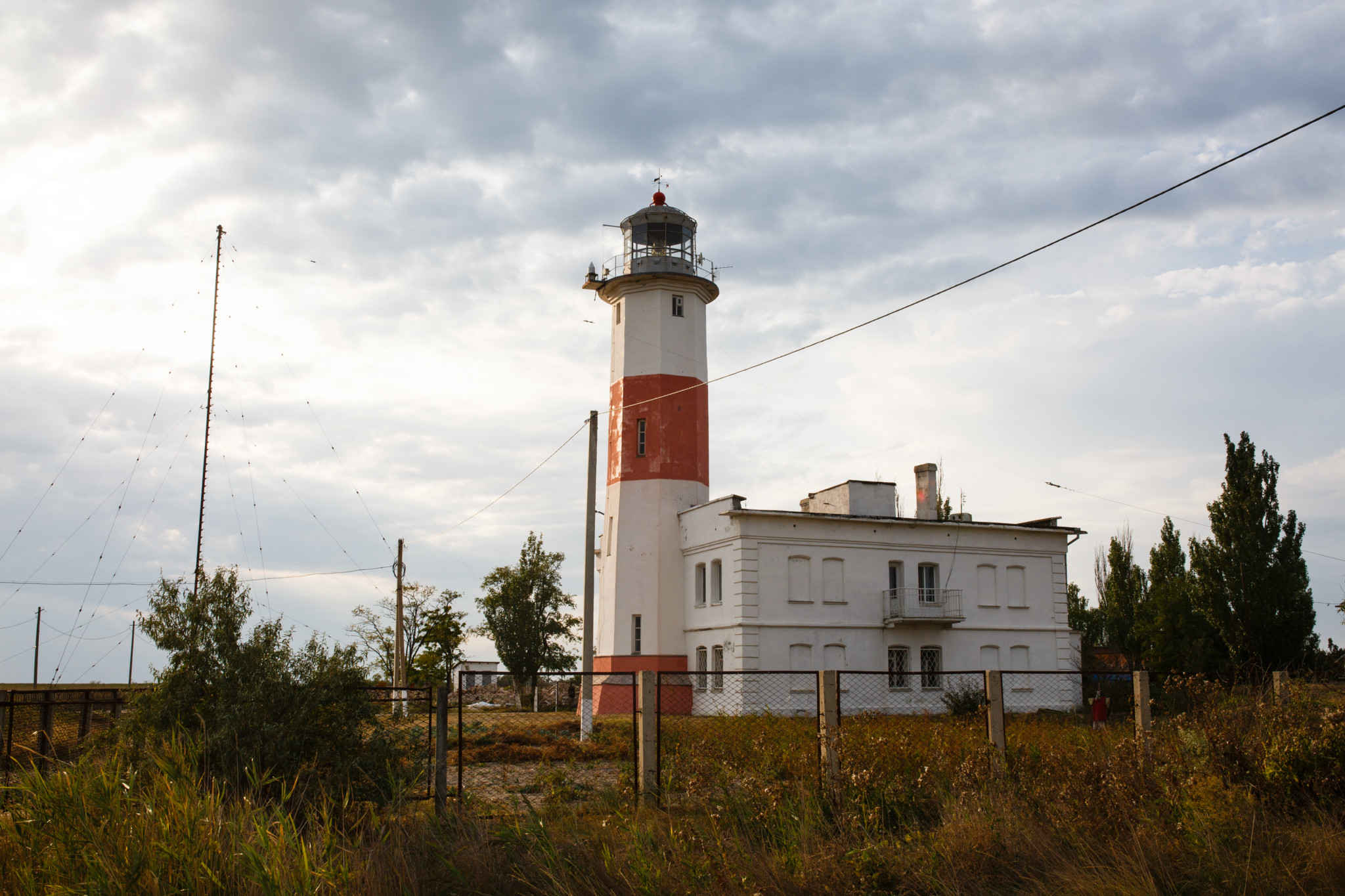
Lower Berdiansk Lighthouse. Photo: Ukraїner
Positioned at a more distant location on the edge of Berdiansk Bay, the Lower Lighthouse served as a guide towards the bay itself. The lighthouse dates back to 1838 when a 23-metre-high stone structure was erected on the orders of Count Vorontsov. The tower, painted in white and adorned with an orange stripe, was designed for clear visibility from the sea. Initially, illumination relied on kerosene, which was replaced with electric lamps three decades later. This was the second lighthouse in Ukraine, following Odesa, to adopt an electric power supply.
Floodplain of the Berda River Reserve
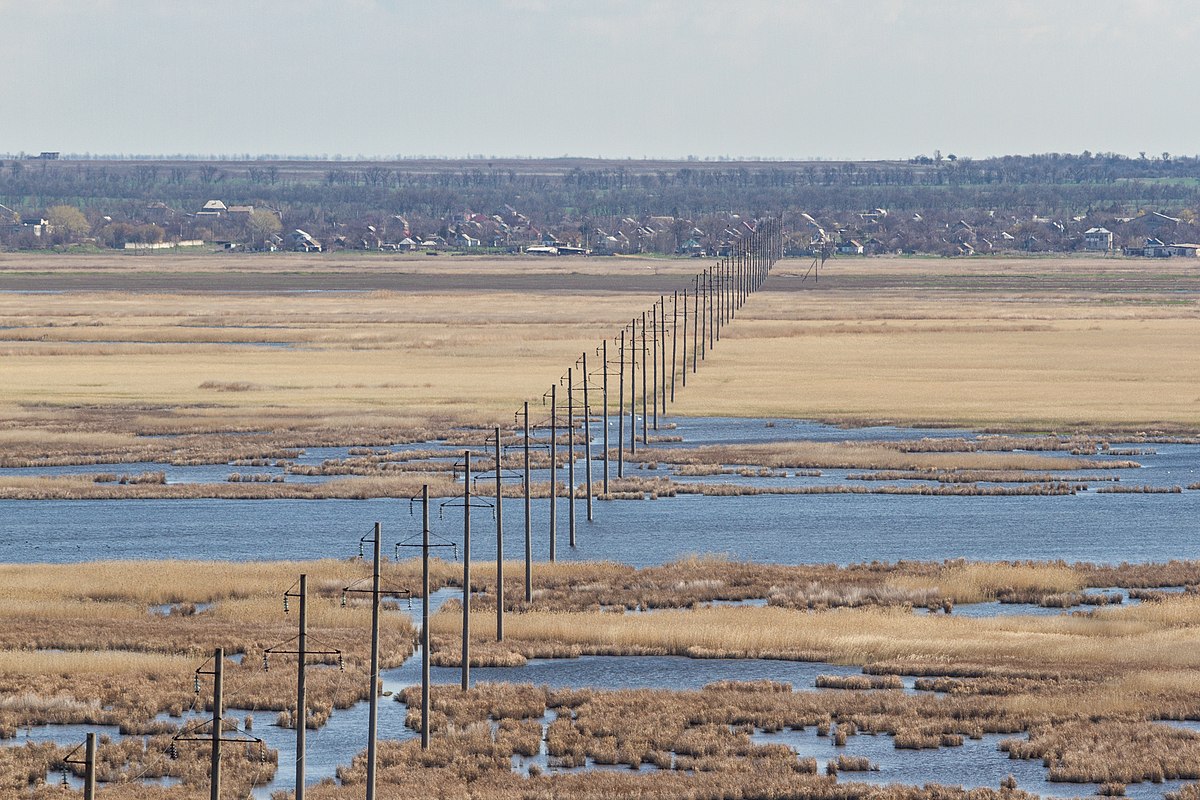
Flood of the Berda River. Photo: Wikipedia
The Floodplain of the Berda River Reserve is designated as a site of national importance. It operates under a specific regimen to safeguard, propagate and manage its natural resources. This reserve encompasses an exceptional and intact natural habitat, which stands resilient amidst the altered environment of the Northern Azov region. Within its boundaries, a selection of protected plant species flourish alongside plant communities that are representative of the Steppe zone, notably characterized by a preponderance of hemlock. The reserve is also home to diverse wildlife and supports bird nesting and fish spawning habitats.
Berdiansk Kenasa
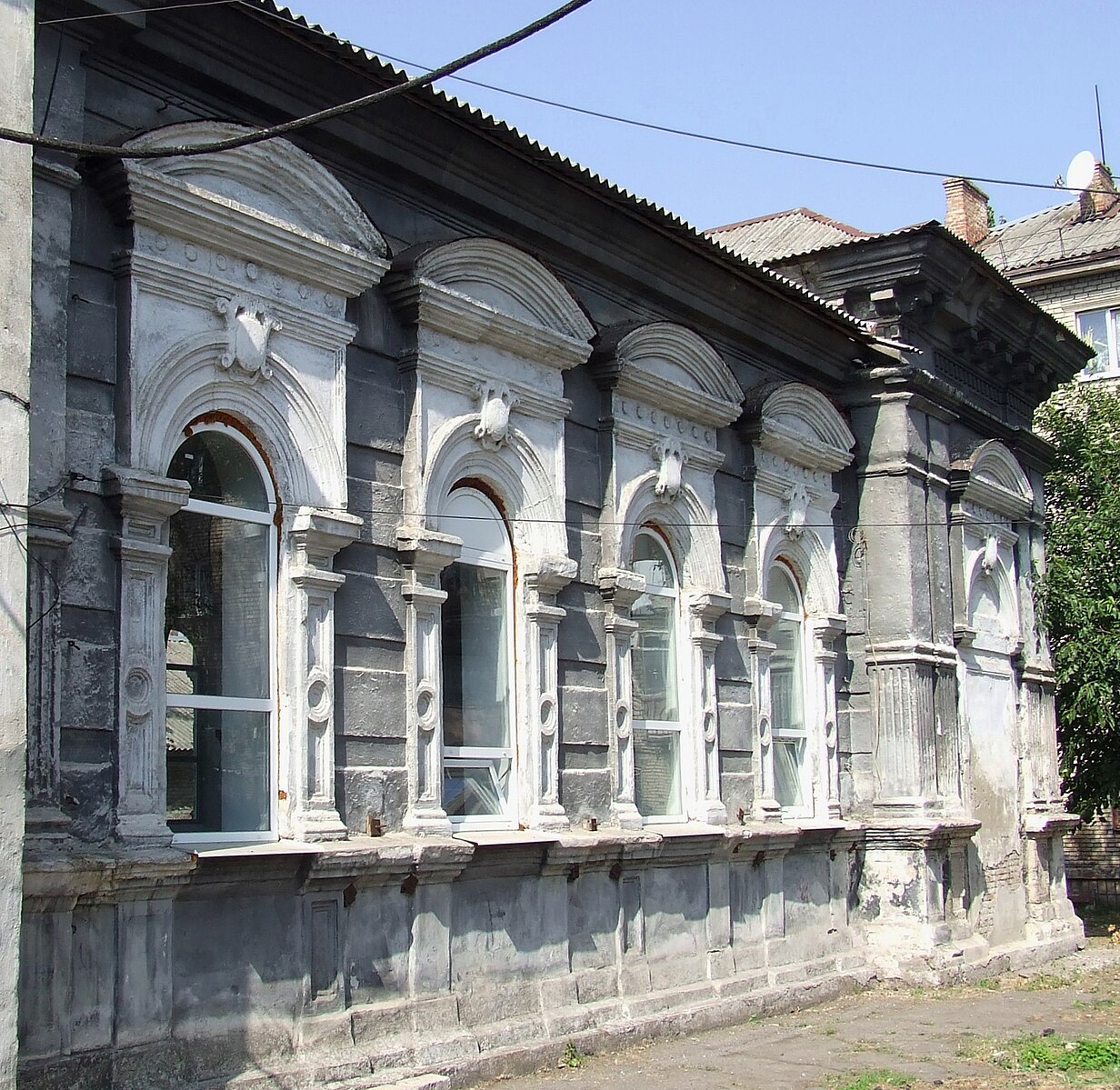
Berdiansk kenasa. Photo: Wikipedia
The Berdiansk kenasa is an architectural marvel in the town. Erected in 1899 upon the foundation of its predecessor, this building is of historical significance. Renowned for its captivating architecture, it ranks among the most intriguing constructions within the city.
The interior embellishments and ornate details of this temple were brought to life through the contributions of the local Karaites. In the year 1867, Berdiansk’s population included 141 Karaites. During this period, the original kenasa likely took form. Nearly fifty years later, a new building emerged on the grounds of its predecessor.
Karaites
The Karaites, an indigenous Ukrainian people, have woven their presence into the region since the 13th century, predominantly residing within the expanse of the Crimean Peninsula.Full-scale invasion. Occupation of Berdiansk and Russian terror
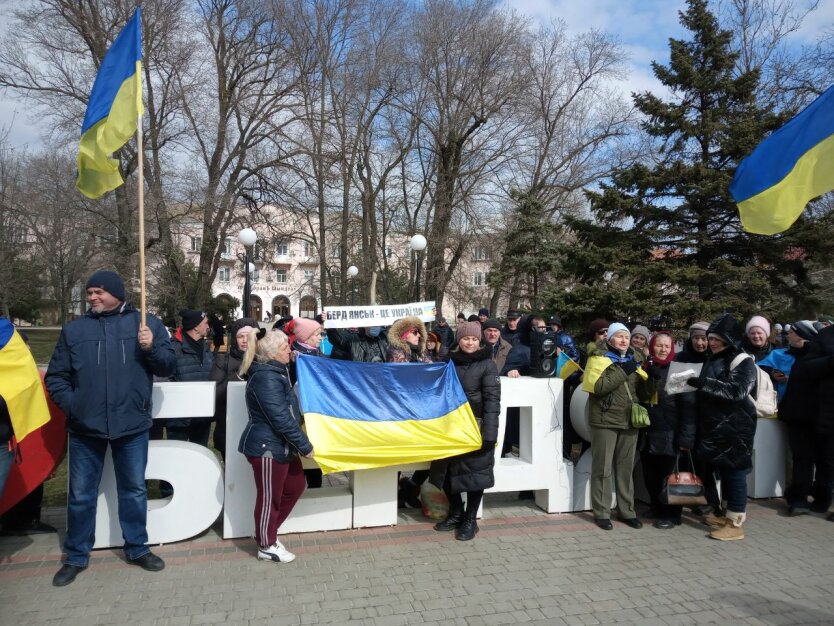
Protest against the Russian occupation. Photo: hvylya.net
Since the beginning of the occupation in late February 2022, Berdiansk has been under the control of Russian troops. Residents of Berdiansk were not happy with the invaders. On the contrary, they demonstrated resistance and tried to preserve their identity. They also participated in demonstrations, singing the Ukrainian national anthem and expressing their support for their motherland.

Pro-Ukrainian rally in Berdiansk. Photo: Telegram channel “Pravda_Gerashchenko”
The people of Berdiansk are still not giving up, and through their actions they show that resistance to tyranny and occupation does not depend on age or time. They represent the best of Ukraine, uphold their deep-rooted values, and work to preserve their city until the day Berdiansk regains its freedom.
Melitopol
Correct spelling: Melitopol’
Founded: 1784
Population before the full-scale invasion: almost 150,000.
Occupation by Russian troops: since February 2022
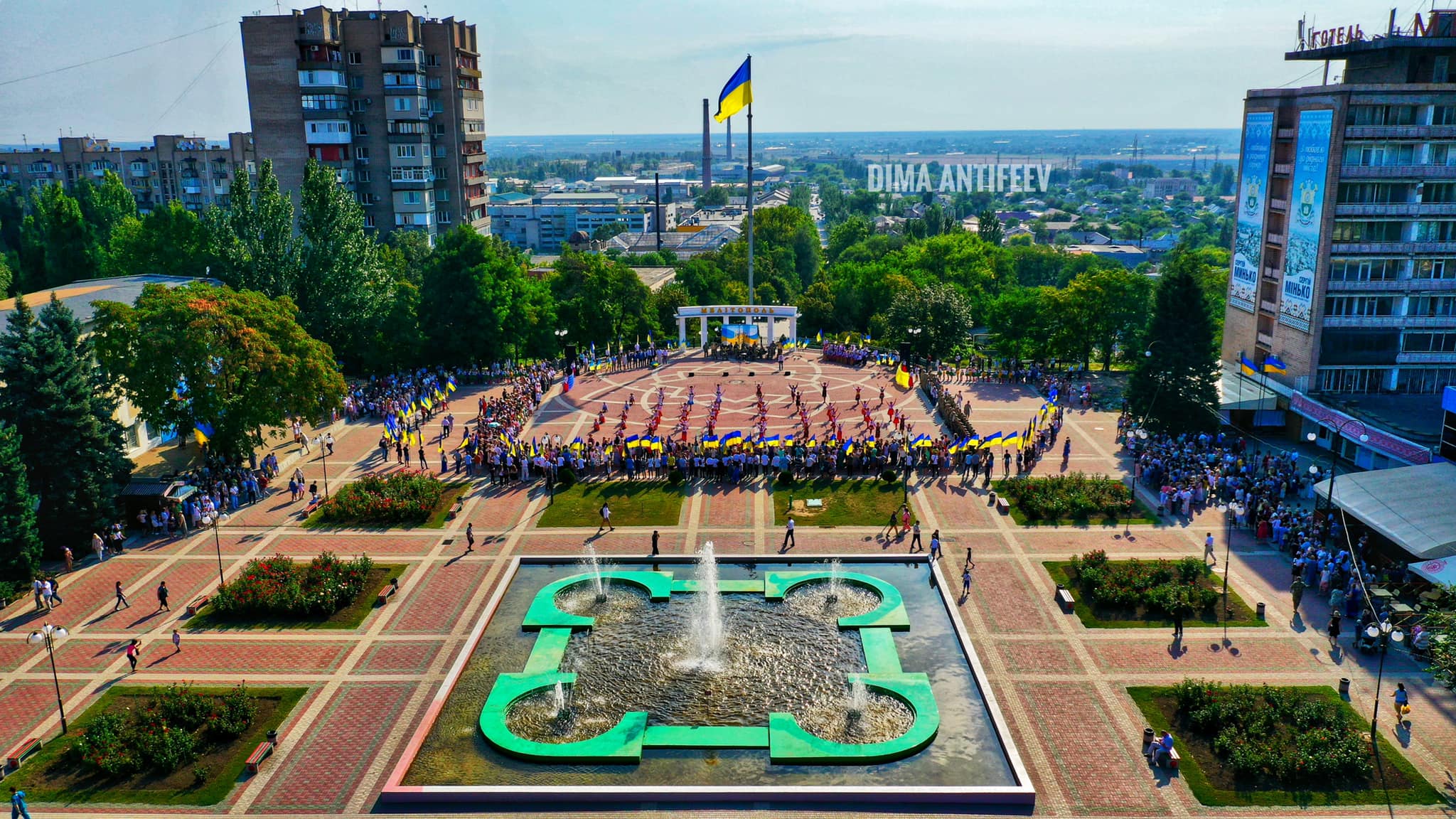
The city of Melitopol. Photo: travel.in.ua
Melitopol (from the Greek word meaning “honey city”) is a city in the south of Ukraine, located near the Molochny estuary and the coast of the Sea of Azov. Every Ukrainian knows the taste of Melitopol’s sweet cherries. However, this city’s charm is not limited to its delectable honey-infused fruits. Melitopol boasts a welcoming and diverse community comprising 105 different nationalities. Ukrainians, Greeks, Germans, Karaites, Bulgarians, Jews, Tatars, Armenians, Orthodox, Catholics andMennonites form a tapestry of unity. These people’s strength lies in their unity. Moreover, Melitopol gave birth to Dmytro Dontsov, a visionary who ignited the Ukrainian national ethos over a century ago. Even in the face of a comprehensive invasion, the resolute spirit of Melitopol’s residents is unwavering.
History of Melitopol
The Scythians once inhabited the steppes of this territory, and centuries later, the Kozaks arrived, and built their protective bastion. The city’s outskirts are marked by numerous mounds, including the Melitopol Mound, which revealed two Scythian burials from the 4th century B.C. Over 3,500 gold ornaments were discovered in these ancient tombs, including a golden embellishment adorning a quiver, intricately depicting scenes from ancient Greek mythology. Another discovery, the Sarmatian-Alan burial from the 4th century BC in Kyziyarska Balka, revealed an assortment of artefacts, such as iron fishing rods, a bronze mirror, and a resplendent golden diadem adorned with precious gems.
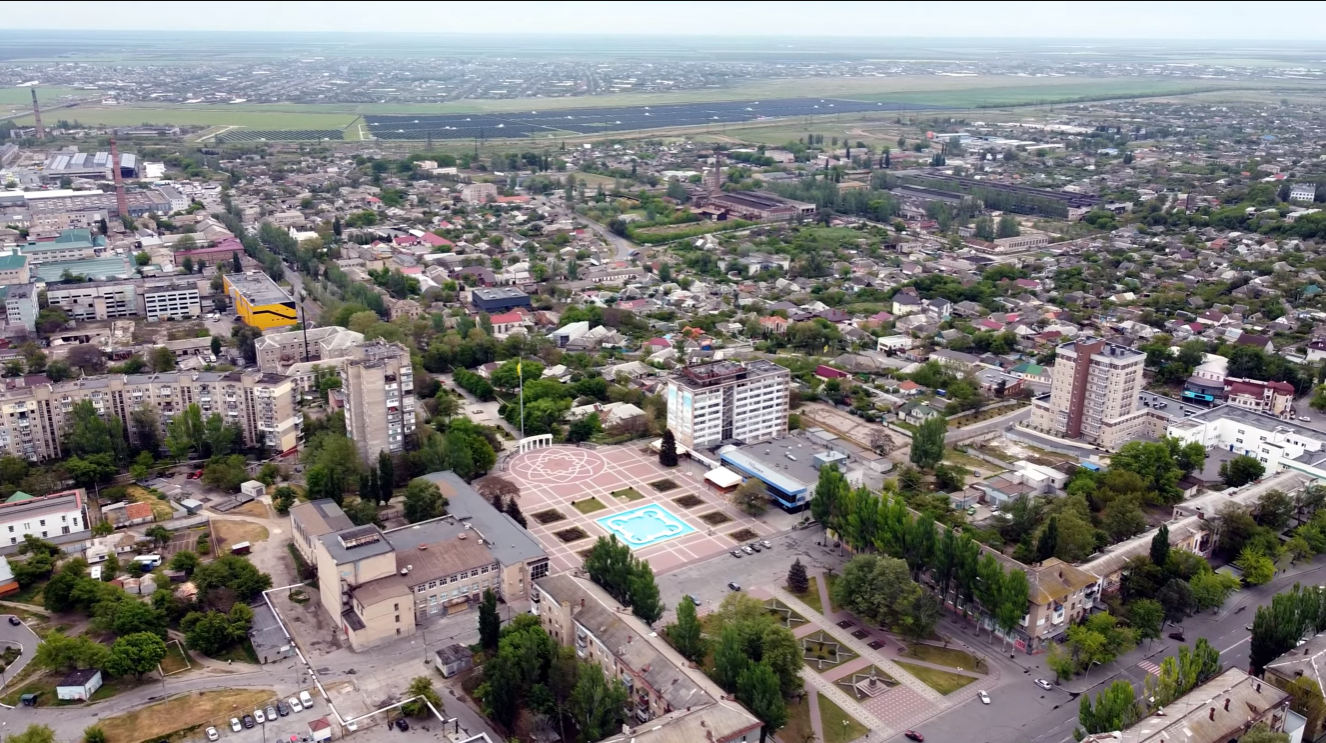
Entering Melitopol. Photo: Wikipedia
The city’s historical record traces back to 1769, marking the establishment of a redoubt where Zaporizhzhia Kozaks served. Since its inception, the settlement struggled with water shortages, rendering the Melitopol land scarcely habitable until the late 19th century.
Relief arrived when Dr. Andriy Korvatskyi embarked on a quest to combat drought and vitamin deficiencies alongside Franco-Dutch landowner Louis Henri Philibert, who introduced cherry saplings. This marked the region’s renaissance, once dubbed the “Little Sahara”.
Today, cherry trees thrive in every backyard, with cherries even adorning the city’s coat of arms. The venerable Melitopol oak, four centuries old, has earned the endearing moniker of “cherry oak”.


slideshow
Notable attractions of Melitopol
The Stone Tomb
Near Melitopol lies an extraordinary relic of ancient culture known as the Stone Tomb. This enigmatic site captivates not only scholars but also curious travellers. The hill, a sacred altar for millennia where pagan rituals were enacted, boasts an extensive collection of ancient rock depictions called petroglyphs. Spanning a vast timeframe from the late Paleolithic era to the Middle Ages (around 24,000 BC to the 10th-13th centuries), the chronology of these petroglyphs renders this monument unparalleled.
The Stone Tomb is a natural formation towering up to 12 metres and covers across 1.6 hectares. Approximately 3,000 slabs are meticulously arranged within this expanse, forming a deliberate configuration resembling a broken stone shell. The caves and grottoes created by this arrangement have facilitated convenient spaces for ceremonial practices. Etched onto these slabs are drawings executed not with paint but through the meticulous rubbing of stones. At times, these abrasions were adorned with mineral-based black and red pigments, adding further depth to the ancient artwork.
Melitopol Regional History Museum
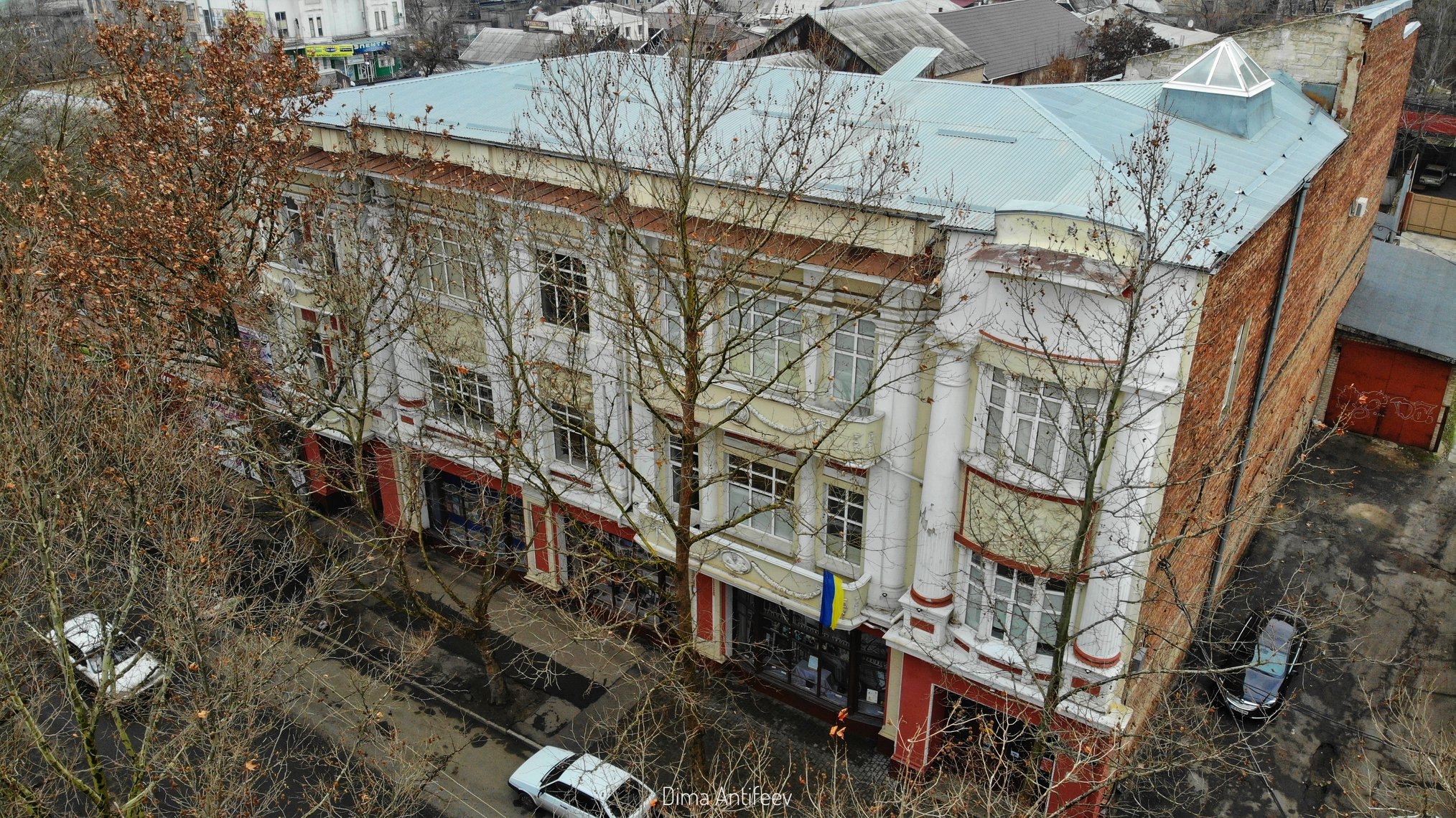
Melitopol Museum of Local Lore. Photo: Dima Antifeiev
The Melitopol Regional History Museum stood as a treasury of heritage before the 2022 Russian invasion. More than 60,000 artifacts were stored there, and the number was constantly growing. The museum was home to an unparalleled assortment, including a rare assemblage of Scythian gold dating back to the 4th century BC. This exceptional collection had been discovered through exploring the Melitopol barrow.
Tragically, in April 2022, the museum fell victim to the pillaging hands of the invading Russian forces. An irreplaceable array of historical and cultural treasures were stolen from the Melitopol Regional History Museum. Among the stolen items, preliminary information suggests that this included the collection of Scythian gold.
Church of the Archangel Michael in Tykhonivka
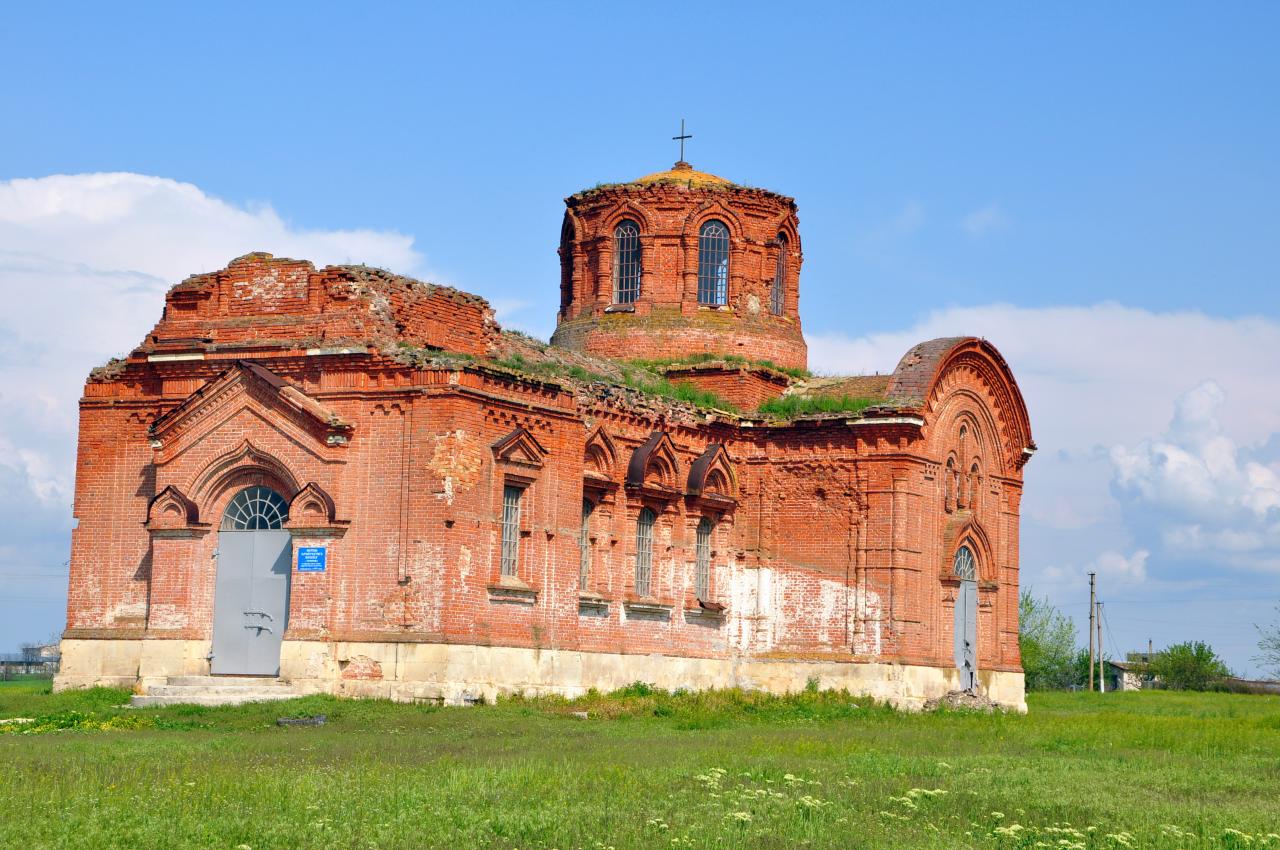
Church of Archangel Michael in Tykhonivka. Photo: Wikipedia
The church’s origins trace back to a poignant past, beginning with the Nogai people’s displacement from their ancestral lands under the looming presence of Russian firearms in 1863. This forced migration led them to the southern lands of Ukraine. It wasn’t until 1870 that the Orthodox community of Tykhonivka established a wooden place of worship upon a sturdy stone foundation dedicated to the Archangel Michael.
Despite the growth of the community throughout the early 20th century, they continued to occupy the confines of their original modest wooden structure. On May 30, 1905 a new stone church was built. Much like its predecessor,it was dedicated to the Archangel Michael.
Full-scale invasion. Occupation of Melitopol and local resistance
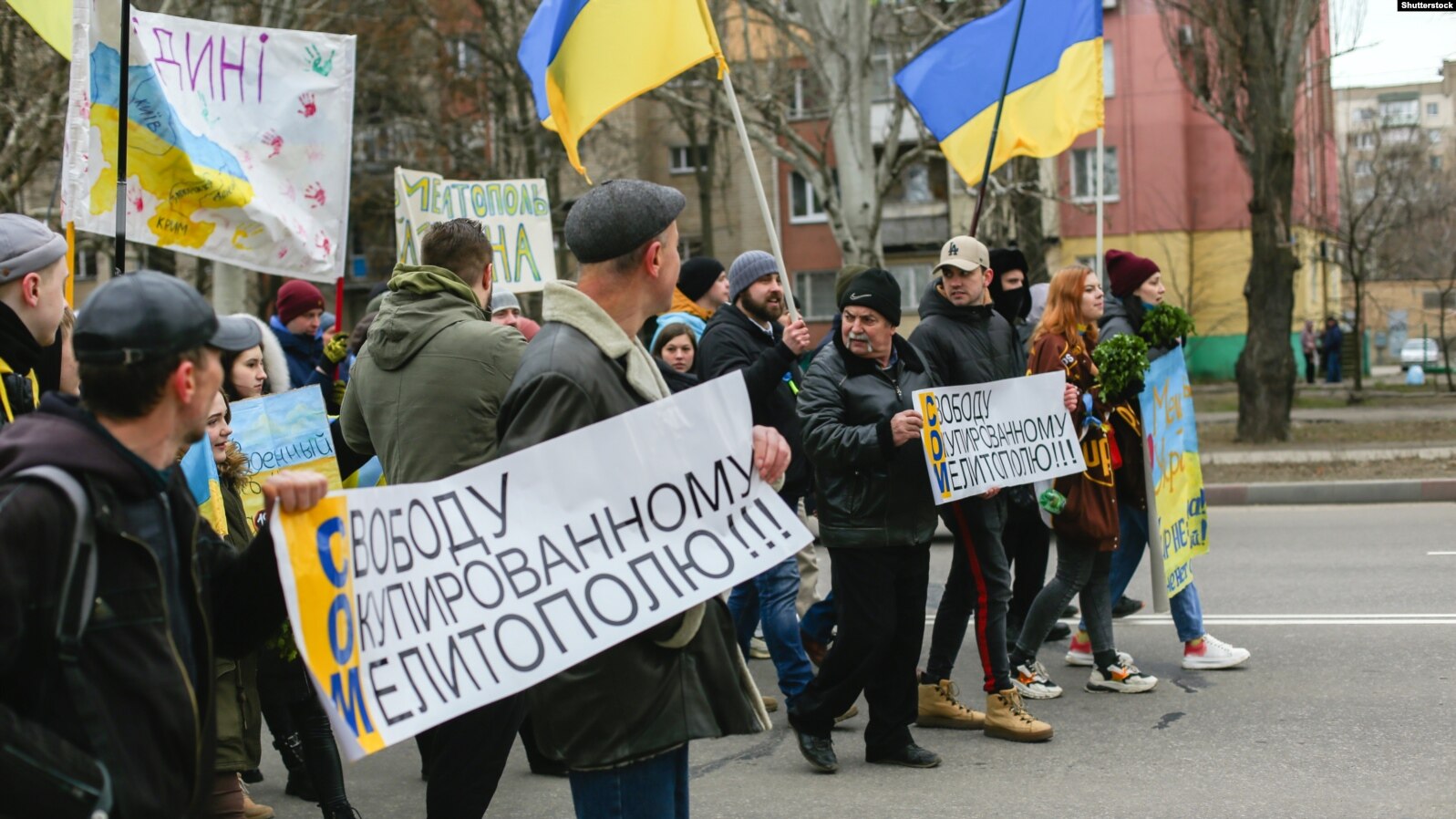
Protest action against Russia's invasion of Ukraine in March 2022. Photo from open sources
In the early hours of February 24, 2022, the inhabitants of Melitopol were jolted awake by resounding explosions. By evening, the city found itself in the ominous presence of Russian tanks. The townspeople swiftly rallied for mass protests against the encroaching occupation forces in a remarkable display of unity and resilience. They took to the streets dressed in Ukrainian flags and exuberantly voicing patriotic slogans.
Residents attached cautionary leaflets to the windshields of Russian military vehicles, vehemently demanding the immediate departure of the intruders. The spirit of resistance burned brightly as Melitopol’s brave partisans tirelessly undermined the occupiers.
Melitopol stands as an emblem of Ukraine’s unwavering spirit in its steadfast defiance.

